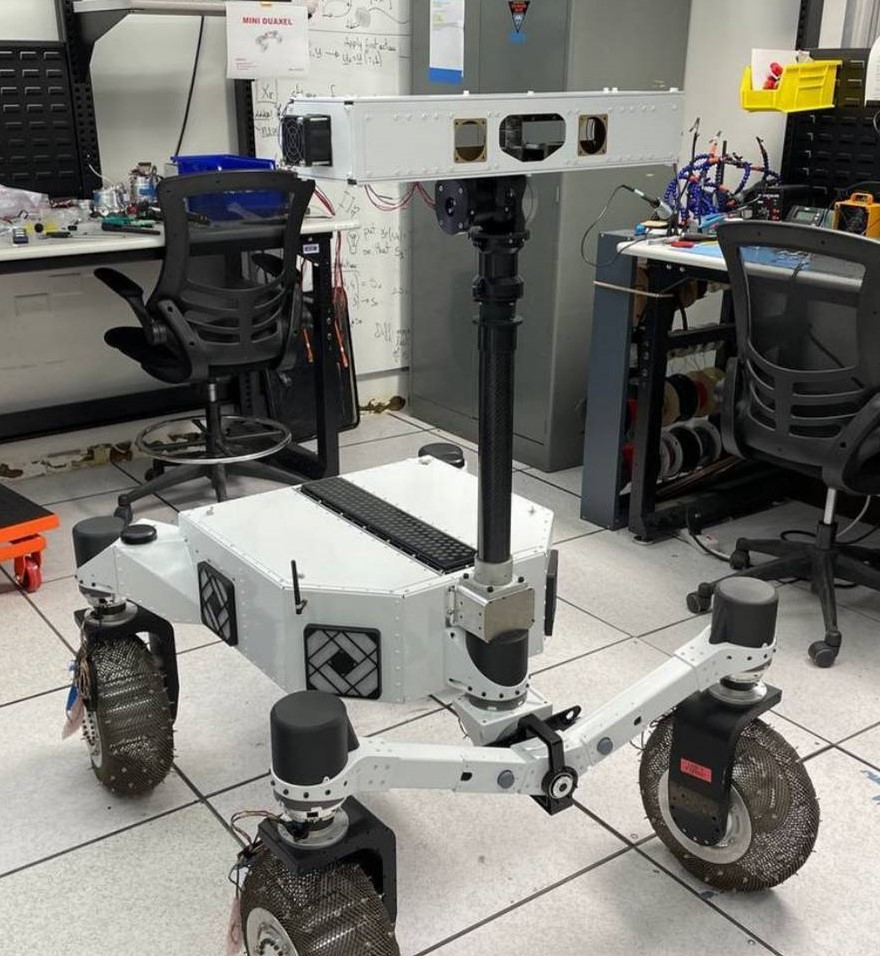On February 7, 2024, French researchers pointed to data from NASA’s Cassini spacecraft in their report. The discovery of a newly formed underground sea beneath one of Saturn’s well-known moons has captured the attention of scientists. Mimas, Saturn’s moon, is often likened to the Empire’s Death Star in “Star Wars” due to its gray, icy exterior and a large impact crater. However, it is not its appearance that has researchers intrigued.
French astronomer Valéry Lainey, along with a team from Observatoire de Paris, revealed the existence of Mimas’ recently formed ocean. This discovery is significant as it could alter scientists’ understanding of ocean moons and the conditions essential for sustaining life. Their research has been published in Nature. This 250-mile-wide moon joins the growing list of moons in the solar system, including Titan and Enceladus of Saturn, and Europa and Ganymede of Jupiter, known to possess hidden oceans.
Unlike its neighboring moon Enceladus, which displays icy fracturing and geysers of water, Mimas’s icy shell has never hinted at the presence of an ocean. This is possibly due to the fact that the ocean lies 12 to 18 miles below the moon’s frozen shell, which is 15 miles thick. A picture taken by the Cassini spacecraft depicts Saturn’s moon Mimas.
Researchers stated, “Mimas would be the most unlikely place to look for the presence of a global ocean,” emphasizing that a detailed analysis of Mimas’ orbital motion led them to conclude that the ocean is “likely to be less than 25 million years old and still evolving.”
Their findings are based on observations made by NASA’s Cassini spacecraft, which extensively studied Saturn’s 140-plus moons for over a decade until it terminated in 2017 by crashing into the ringed planet. Valery Lainey commented, “The major finding here is the discovery of habitability conditions on a solar system object which we would never, never expect to have liquid water. It’s really astonishing.”
Other researchers have praised the discovery of Mimas’ concealed ocean as “inspiring,” while acknowledging the previous understanding of Mimas’ distinct orbit. Matija Ćuk from the SETI Institute and Alyssa Rose Rhoden from the Southwest Research Institute remarked in an editorial published in Nature News & Views that the notion of relatively small, icy moons harboring young oceans is incredible.
The researchers observed that previous knowledge of Mimas’ orbit was based on what was thought to be a “very elongated core.” However, the hypothesis of an internal ocean is also “just as plausible.” They explained that this could be due to the moon having an extremely elongated rocky core, which would enhance the distinction between its moments of inertia, or an internal ocean, allowing its outer shell to oscillate independently of its core.
Though commonly referred to as the Death Star moon due to its resemblance to the famous “Star Wars” space station, Mimas was discovered by astronomer William Herschel in 1789, and its name is derived from a giant in Greek mythology.
Scientists have determined that Saturn’s moon Mimas contains an unexpected ocean beneath its surface, comparable to a ‘Death Star’












